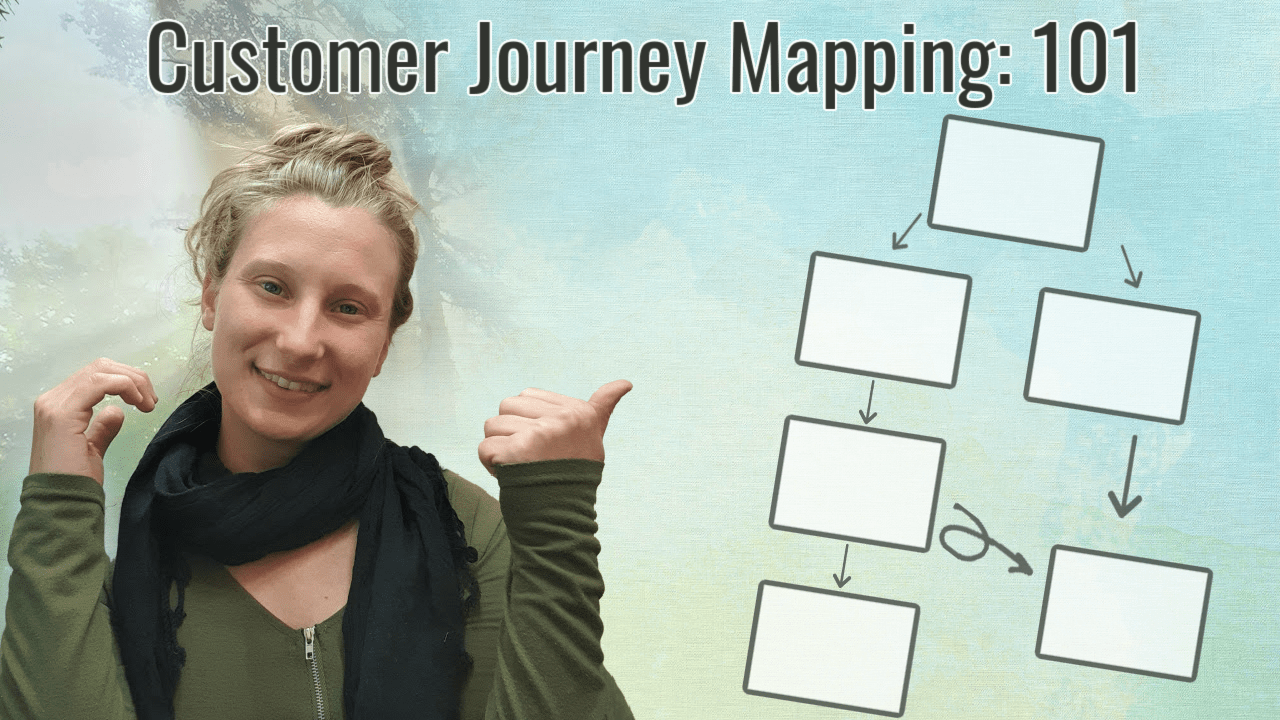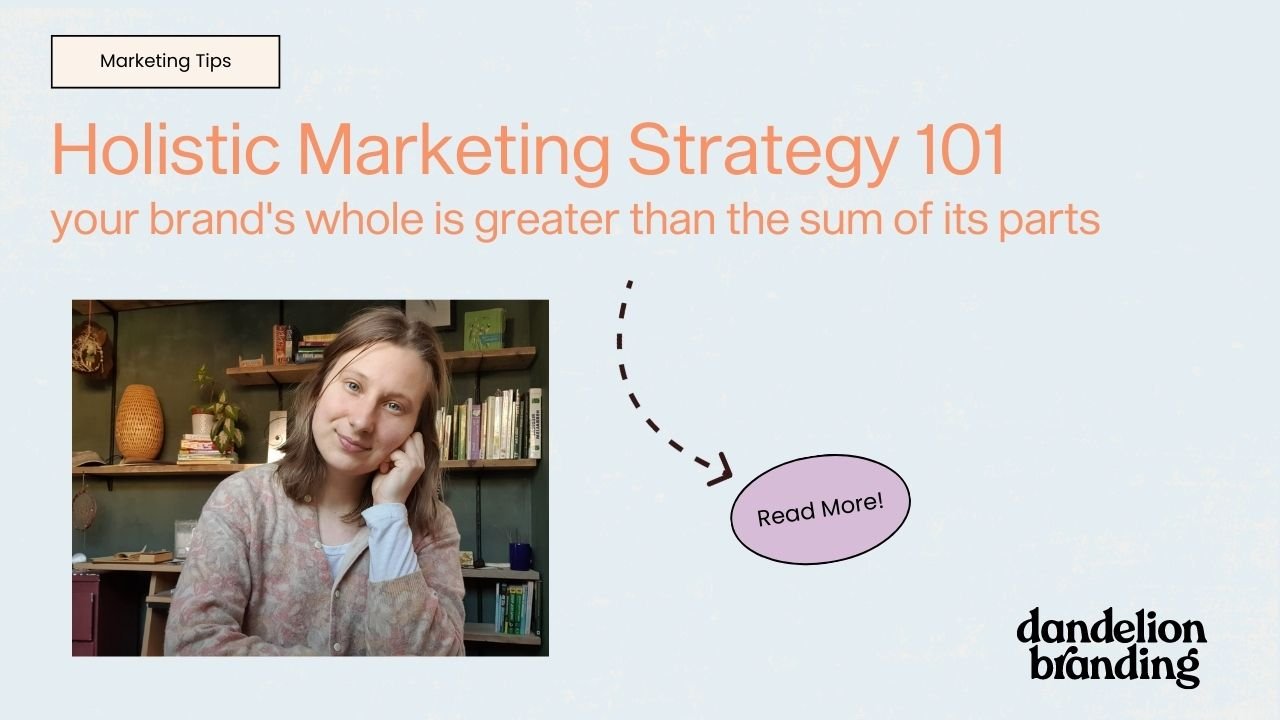If you’re just getting into email marketing and you want to know more about the best platform for your type of business, you want to check out Courtney’s video. She goes through the best (and most common) email marketing platforms for course creators, service providers, and ecommerce platforms.
I had intended to do a deep dive in comparisons of services here, but Court did such an awesome job at comparing Kajabi, Mailchimp, Constant Contact, Drip, and Klaviyo, that I do not need to talk about platforms at all!
That means I get to totally nerd out about features that I look for in an email service provider. By the way, if you want to know my recommendations, skip to the end.
Background on My Relationship with Email Marketing Platforms
I’m an email marketing specialist. I’ve been sending emails for small businesses since 2014. Between the small businesses I’ve worked with who already had an email marketing platform and the platforms I’ve set up and chosen, I have been deep in the bowels of at least 7 different platforms—and researched (including interviews) a whole lot more.
I have sent thousands of emails and made millions of dollars for companies around the world with email marketing. My strategies have even gotten public shout outs from at least one platform.
I’ve tested times, templates, headlines, frequencies, and deliverability so much that my out-the-gate strategy will have an immediate positive effect on the overall growth of your company.
Email is a huge part of the way we build our holistic brand strategies, which is our mission at Dandelion. I’m passionate about the cross section of intimacy and viability of the inbox.
Basically what I’m saying is that you’re about to learn about the shit that matters from one of the best email marketers in the world.
How to Choose the Best Email Marketing Platform For Your Business
Okay, so this is NOT a sparkly topic. You’re not going to walk away with a glamorous view of email marketing platforms. We’re not looking at how pretty the platforms are, these are tools. We’re looking at brass tacks here (and it makes me really excited – welcome to my brain).
Honestly, the way I choose an email marketing platform is purely based on the features it provides.
There are quite a few things that I look for because I want to limit migration potential as much as possible for our clients.
I also want to note here that your platform choice is a bit personal. You should take your long term goals into consideration, but you also think about your preferences. I’m really data heavy and I want to have a lot of customizable options, so I will give up some of the intuitiveness of the program for great reporting.
8 Features of a Great Email Marketing Platform
1 – Platform Integrations
I’m going to say this again—and I’ll probably say it for the rest of my life. Your emails are part of your holistic brand plan. It’s your only chance to spread your message the way you like, outside of your website and the limiting algorithm of social media.
If your email marketing platform doesn’t integrate with all the other parts of your business, get a new platform. Period.
The platforms I use need to be able to integrate with:
Payment services. Whether they’re hosted shops or a straight payment platform like stripe, your email should be able to connect to it. Paying customers are the most likely to have high engagement.
Website platform. You’d be surprised at how often I come across an email marketing platform that doesn’t integrate well with a client’s website. This is a serious pain in the ass because it just isn’t necessary. Get a platform that forking works with your business!
Social media channels. In the beginning this is a little less important, but as time goes on and your list grows, you want to have a direct connection with your major social media. Use your engaged list to connect with Facebook if you ever want to consider running lead generation ads.
Analytics tracking – Google Analytics is one of the first things I connect to a website and an email marketing platform when we get started. Most services have this, but it’s important for your website tracking because you need to know how much of your traffic comes from email. This is especially useful for ecom companies when you’re comparing traffic and revenue from email with other forms of traffic and revenue.
2 – Email Segmentation and List Control
We have a case study on our services page covering the importance of segmentation for a reason.
You should be segmenting based on the engagement that you’re getting for your general emails. If you’re emailing everyone on your list, it’s likely that you’re going to be sending to people that aren’t interested. Google, Yahoo, and Hotmail (the big three) know when you send to people that don’t care about your stuff and they WILL demote you for it. Your deliverability and your inbox placement suffers.
Having control over send and exclude segments is also really crucial for me because I’m really interested in customizable sending. I like to build preference pages and segments so that readers get exactly what they want to read.
3 – Data Reporting
I said this earlier, and we’ve written about your email metrics before, but I’m really focused on what the data says because that’s how I make decisions when it comes to email. The platforms that you use should give you all the data you want really easily.
At the very least, you should have your click rate, open rate, revenue (if you’re in ecom), and deliverability information available to you on the sent email dashboard.
I also like to see that information per service provider. Google, Yahoo, and Hotmail look for different things. It is possible that your emails are being seen in Google but not Yahoo or Hotmail. I’ve seen this happen, and the issue was solvable, but had to be identified first.
4 – Testing
For ecommerce, when your list gets close to 1000, you want to start testing. For a service provider or a high ticket sales, I might say 500 is a good starting point.
Your email marketing platform should absolutely be able to test headlines, templates, and timing.
All of this stuff makes a difference, it’s all worth optimizing in the long term because these seemingly little tweaks can make you a lot of money.
5 – Customer Data
This is especially important in ecommerce and in companies that have a large list and a customer support focus. Knowing the history of a customer gives you a really great insight into their buying behavior and their level of trust in your brand.
You should be able to see where they signed up for your list, when they purchased, and how engaged they are with your email list (receives, opens, clicks).
6 – Sign up/Landing page
You can always use an app like privy to make pretty signups and gather your data, but your email marketing platform should be able to do it for you.
We use a lot of embedded sign up forms and a pop up on our website and they all come from our email platform. I highly suggest periodically checking on the sign up data. It’s great if 3-5% of site visitors sign up for your opt in.
7 – Template Builder
Templates are pretty standard issue now, but there are a loooot of email marketing platforms that give you shit templates that don’t convert. Test everything.
Take this one with a grain of salt through I almost never use a pre-made template for campaigns. What actually works is simplicity in emails so the ease of the builder is a big deal for me. If it’s clunky, I get immediately frustrated. uh buhyee.
On this same note, nonhtml emails are VERY high converting because they most often hit inboxes (not the promotions tab). I always want to be able to send a plain text email.
8 – Automation Ease
Your automations are crucial for the holistic strategy with your brand. You need to be able to create and update them easily because things like voice and colors can evolve overtime.
It’s not the worst thing to send outdated welcome emails, but it’s not the best either. You’re way more likely to keep your automations updated if you can edit them with ease.
What Email Marketing Platform Do I Love?
There are a lot of cool ones out there, and I’m always interested in learning more about them. For the past couple of years I’ve really been infatuated by Klaviyo.
They have an incredible amount of data, they integrate with everything we need (though we are having an issue with our Facebook right now), their customer support is pretty helpful, and everything is nicely laid out and customizable.
Typically, I like Klaviyo for Ecommerce businesses, Mail Chimp if you’re a service provider, and Kajabi for course creators. That video from Courtney goes deeper into why.
Even though we’re a service provider, we stick with Klaviyo because of how much data and customization they offer.
There are a couple more on my radar too.
I’m watching Mailchimp pretty closely because they have had some impressive changes in the past two years. Campaign Monitor is another one edging in on Klaviyo’s functionality and ease of use for me so I’m keeping an eye on how their data reporting dashboards are set up.
What’s your favorite Email Marketing Platform? Comment your fav platform and feature below!




